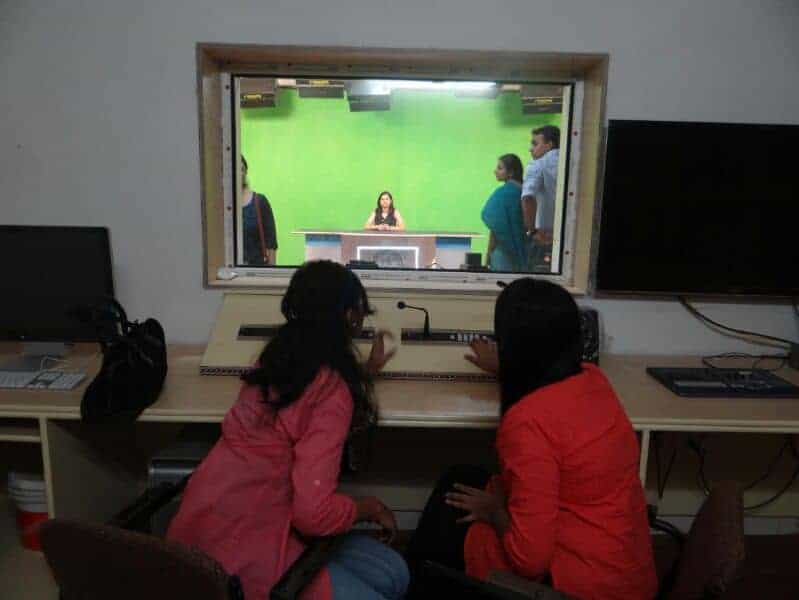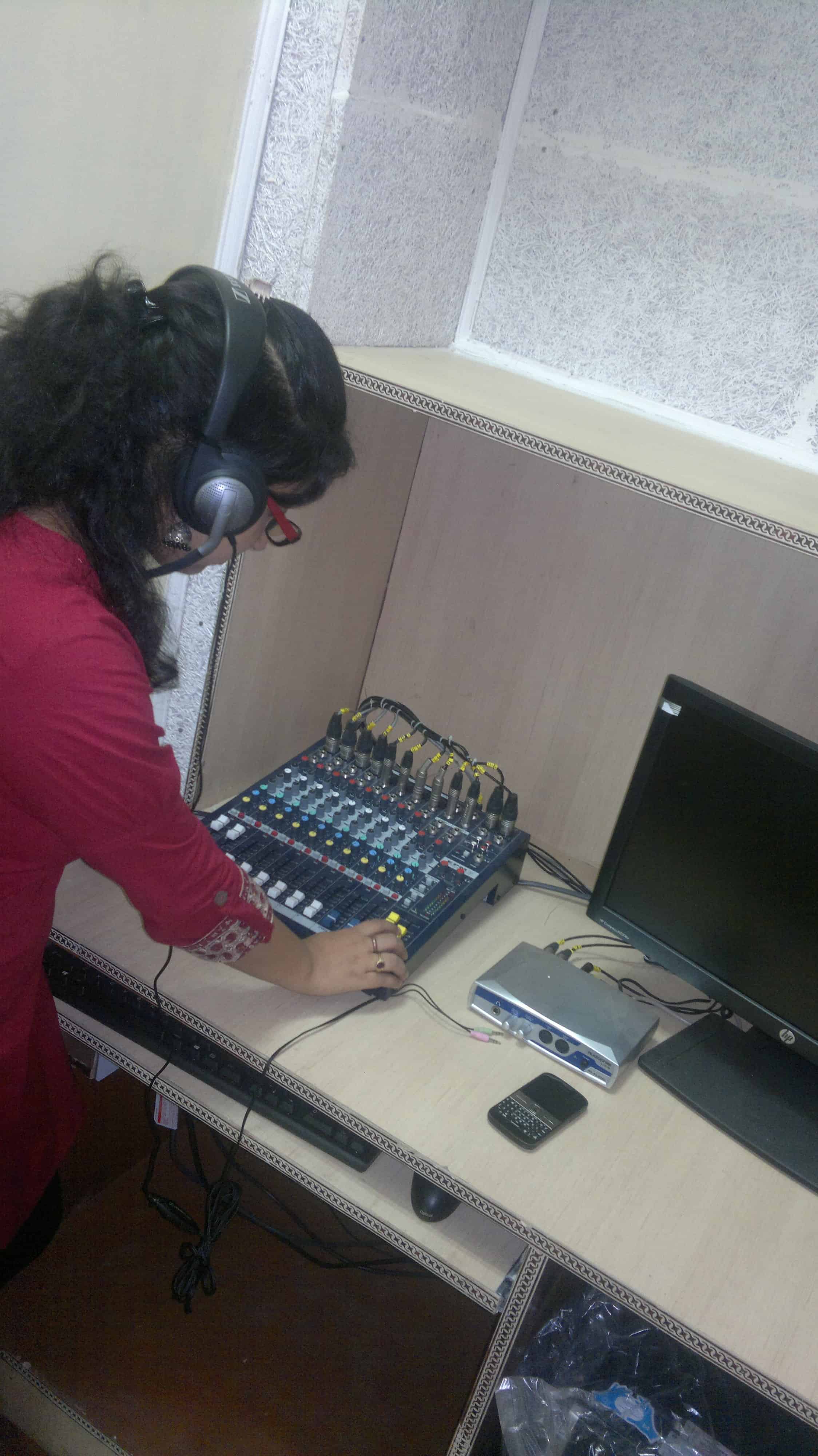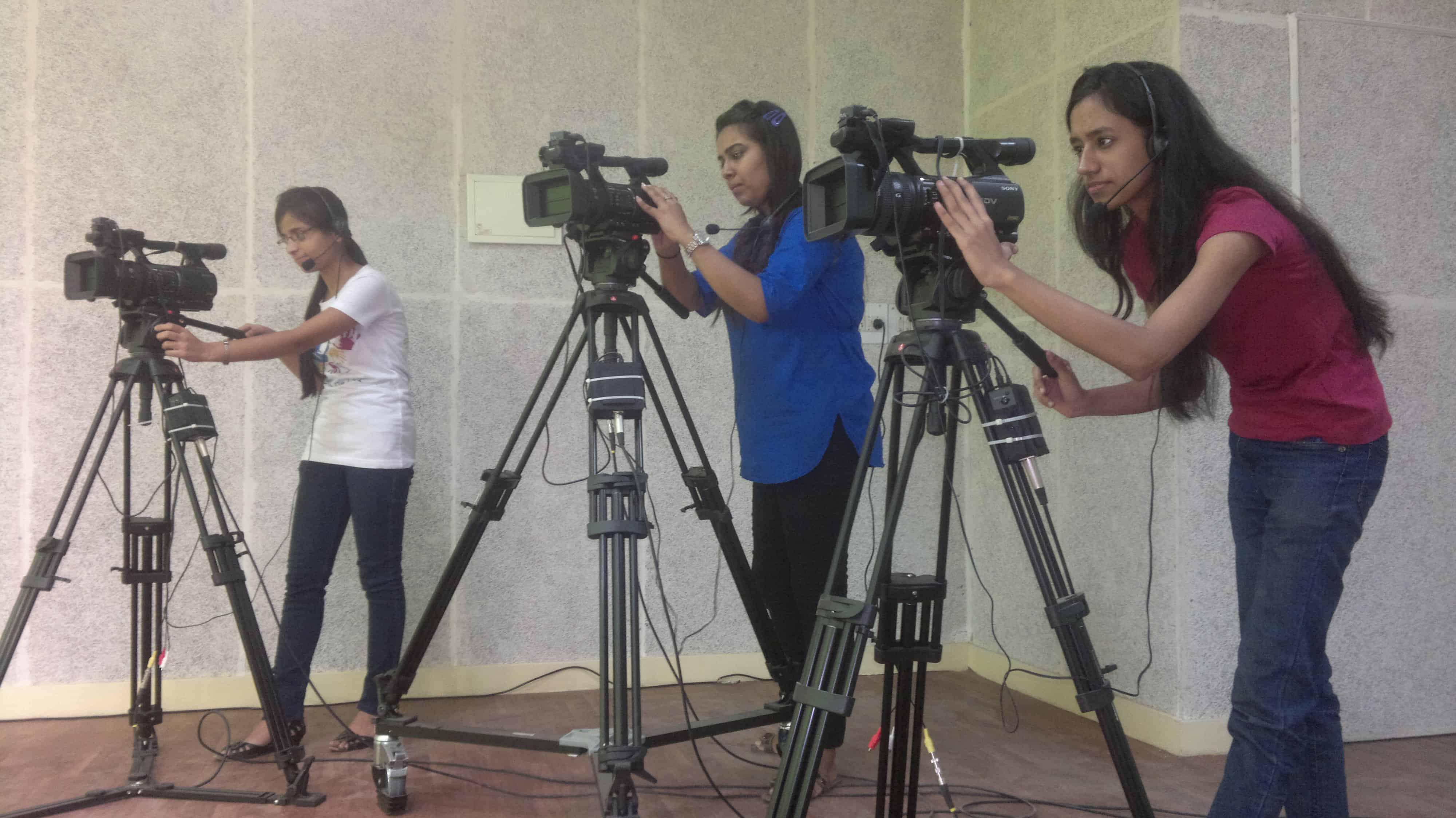The infrastructural issues of many Colleges continue to deteriorate and no action has been taken for its improvement. Just because students study in a government college, are they supposed to accept the conditions or is there any hope for correction? Read to find out more.
For many of us it has been a ‘dream come true’ experience as we entered University of Delhi (DU). From living ‘the’ college life to savouring moments that only a student of DU would know, it has been one of the most anticipated journeys that we always wanted to embark on. Words fall short while describing the feeling of finally getting into the college for which you had worked so hard. However, it all comes crashing down because of a few shortcomings and this makes you question your decision of whether you made the right choice. DU is one of the most prestigious institutions of the country but is it really capable enough as it is deemed to be? From a very young age, we have been taught that if we study hard, we will score a government college but is it worth it when even the basic necessities for a decent academic experience are not to be found here.
DU is an institution set up in the times we call history. It becomes quite important to make the necessary adjustments and carry out renovations in regards to the infrastructure. Nevertheless, DU has somewhat failed us in that domain. A number of colleges under DU have reported a lack of basic infrastructure in terms of classrooms and washroom facilities. The buildings may look poised and aesthetic from outside but from the inside a different story has been spinning from a very long time.
The lack of infrastructural care is quite evident in Kalindi College, DU. On talking with a number of students from the college on the pretext of anonymity informed us that none of the washrooms present in the college have proper latches, working flushes, soaps or even a basic standard of hygiene. The loos stink almost all the time. Apart from the washrooms, the buildings of the college are in need of an “immediate renovation”. Walls have not been repaired since years and the paint has cracked and deepened into dry flakes. Further, the condition of the classrooms are in a battered state. The benches and chairs are broken and the doors do not have latches due to which they swing freely. Even in Delhi’s harsh weather, fans of many classrooms fail to work which makes the teaching and learning process a tedious task. There is absolutely no maintenance whatsoever of the college infrastructure. According to various students, the Principal, Dr. Naina Hasija, has been notified about these issues on several occasions including the general body meeting of the students and faculty. However, no steps have been taken to improve the conditions, which continue to deteriorate.
In conversation with a student from Gargi college, DU, told DU Beat about the hygiene issues that persist in their college washrooms. According to the student, the washrooms are very dirty and they are in quite a horrible condition. To add onto this, the student stated that the loos stink almost all the time and they even get flooded with water sometimes. Further, the student brought to light that the first year class representatives brought this matter to the attention of their previous students’ union and followed the developments. However, they were told that this happens every year and nothing is done about it.
There are Indian loos but the western ones usually have dirty seats which increases the risk of an infection, especially during the menstrual period.
-Student, Gargi College, DU
Amidst the reports of a fan falling over a student in Lakshmibai College, DU, another similar issue has been reported from Shaheed Bhagat Singh College. A student of the college told DU Beat that a fan in their class was shaking hard and during the exams the fan fell down but no one was hurt. However, we await for an official confirmation about the same. Additionally, such infrastructural issues were also reported from Satyawati College, DU. In conversation with a student from the same college, told DU Beat that since the inception of the new building, there has been no maintenance work done for the old building of the college. Besides this, the worrisome conditions of the washrooms are also deteriorating.
The washroom beside our auditorium does not have mirrors while the washroom located above the canteen has mirrors but no water. Urinals do not function and they always stink. Also, the walls of our college are covered with slogans like ‘Join ABVP’ and names of students who are a part of the political parties. The outer beauty of the college has also been compromised because of this.
-Student, Satyawati College, DU
Besides this, there is an infrastructural issue present in Kamla Nehru College as well. In conversation with Taneesha, a student of Kamla Nehru College told DU Beat about the conditions of the classrooms. She informed us about the lack of seating and even classrooms to accommodate the students of any course. She claimed that during the winters, the teachers used to take classes in the shed activity area present in the college or in the ‘choppal’ area. However, in summers too, they are taking classes in that open area under the scorching heat of Delhi, according to her.
Half of the students in ‘choppal’ are eating, some of them are taking a lecture, and some are taking some other lecture. It is a complete mess.
-Taneesha, Kamla Nehru College, DU
Further, she asserted that there are no proper benches to sit on and this is quite evident during the examinations. She claimed that as she entered the class to give her exam, she found no seats left. However, at the end, there was a chair and no table where her roll number was mentioned. According to her, she was asked to sit on the chair and give her paper but at this, she questioned the authorities and asked for a table since without it she would not be able to give her exam. After about ten minutes of searching, Taneesha was given a table as she stated.
Very poor conditions of the classrooms and seating arrangement. The college has a small infrastructure to the extent that the batch of political science has 180 students but it can not even offer the basic infrastructure to 100 students.
-Taneesha, Kamla Nehru College, DU
This does not end here. Another college under DU, perhaps already in a tussle of disaffiliation, College of Arts (COA), has a very dilapidated infrastructure issue. In conversation with Deepika, a student of COA, told DU Beat about the deteriorated conditions present in their college. She stated that the washroom issues continue to remain the same. The restrooms in the college lack door latches and water, have broken windows, and non-functional flushes, as she stated. She asserted that the college has re-painted the walls of the buildings to maintain the “outer beauty” of the college. However, this was done over the wall paintings created by the seniors. According to her, the students are again painting the empty walls to maintain the environment of the college. Another student of COA told DU Beat about the poor conditions of the classroom. Additionally, he claimed that there is no proper drinking water present in the college.
They installed a college flag and painted the entire campus but they are not working to provide the basic needs to the students which should be sorted first.
-Student, College of Arts
The conditions in regards to the infrastructure and hygiene is quite perturbing and troublesome for the students. The authorities must take cognition of the situation and act on it at the earliest.
Read Also: DU and its All-Pervading Issue of Inadequate Infrastructure
Featured Image Credits: swirlgirlspeaks.com
Ankita Baidya

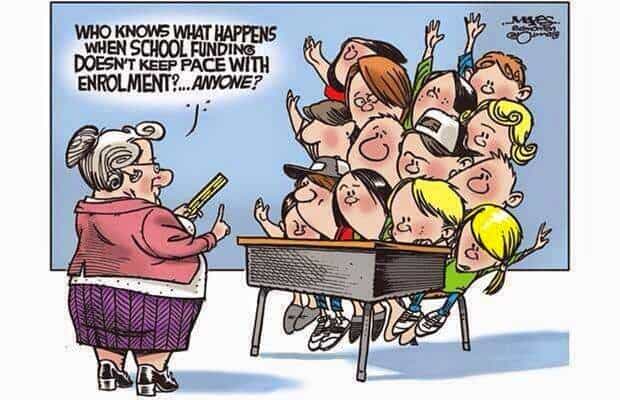
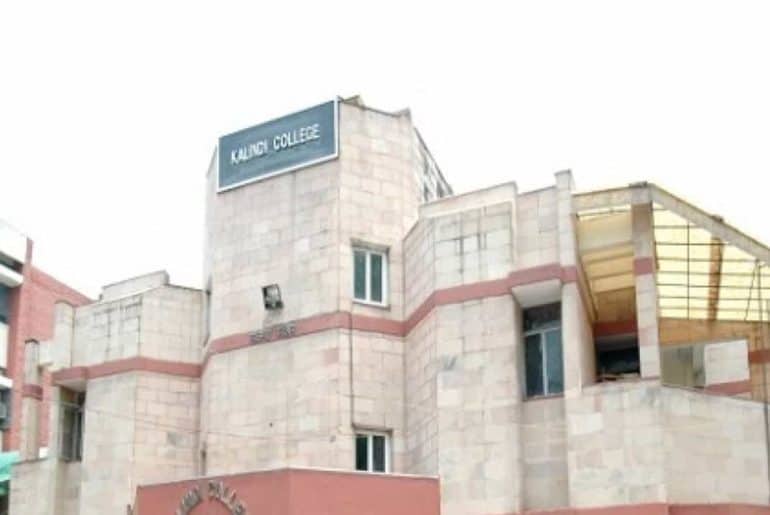

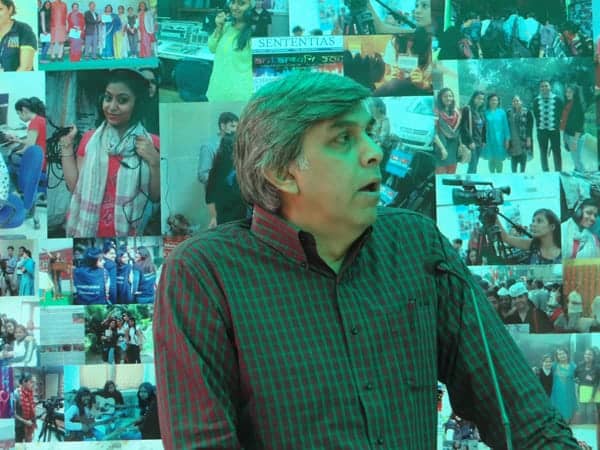 “Students of the University will be entitled to a special lease in attendance and bonus marks in academics for a year round dedicated performance in NCC”, informed Prof. Dinesh Singh. A grant of Rs. 5, 00,000 has been given to the college by the University for the augmentation of infrastructural facilities. “The newly admitted students of first year will all be provided a laptop each by September”, he added. This initiative has been taken to make the system more technology sound.
“Students of the University will be entitled to a special lease in attendance and bonus marks in academics for a year round dedicated performance in NCC”, informed Prof. Dinesh Singh. A grant of Rs. 5, 00,000 has been given to the college by the University for the augmentation of infrastructural facilities. “The newly admitted students of first year will all be provided a laptop each by September”, he added. This initiative has been taken to make the system more technology sound.
